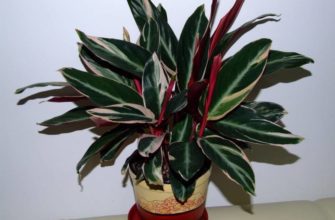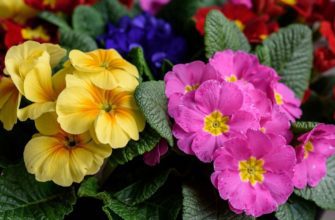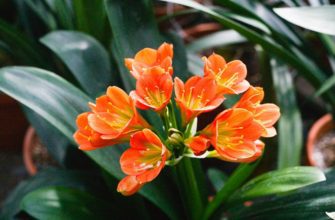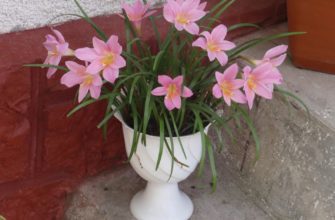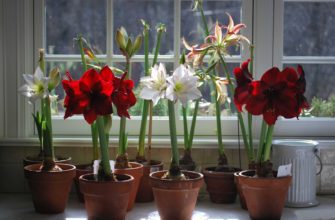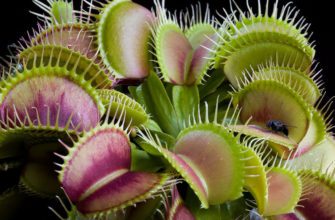Cambria orchid is a magnificent plant that can captivate the hearts of gardeners with its exquisite flowers and graceful nature. In the world of orchids, cambria occupies a special place due to its unique beauty and unpretentiousness. It is a representative of a wide family of orchids and amazes with its diversity of species and varieties.
In this article, we will dive into the amazing world of the Cambria orchid, study its features and learn how to provide it with optimal conditions for prosperity at home. We will figure out what place in the house to choose for this plant, how to provide it with the right lighting and optimal humidity so that the Cambria pleases us with its magnificent flowers and healthy appearance.
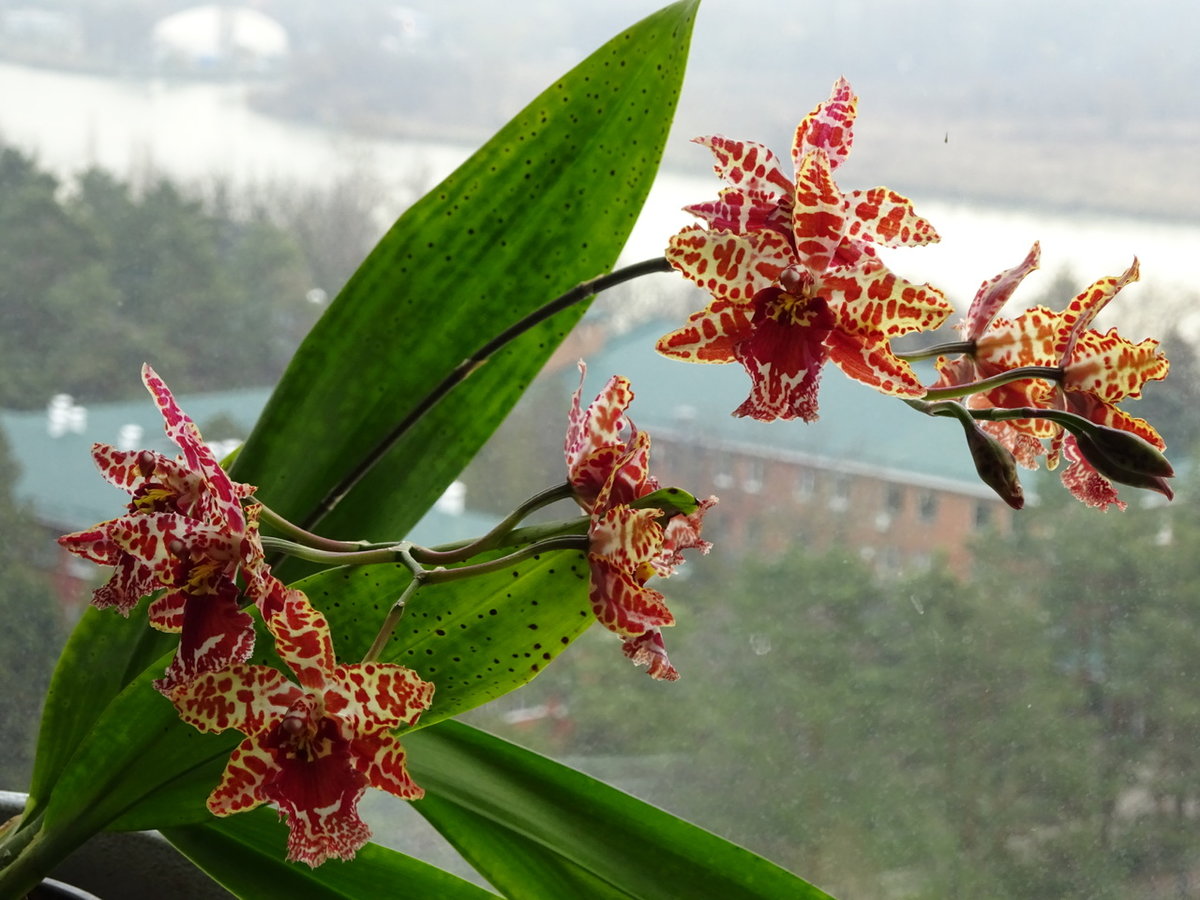
- Getting to Know the Cambria Orchid: Brief Description and Origin
- Main botanical characteristics of Cambria
- Care and maintenance of cambria orchid at home
- Place for cambria
- Watering and humidification
- Temperature and humidity
- Fertilizer and feeding
- Transplanting cambria at home
- Features of soil for cambria
- Problems and diseases
- Conclusion
Getting to Know the Cambria Orchid: Brief Description and Origin
The Cambria orchid is a fascinating plant that is a hybrid orchid obtained by crossing several orchid genera. The orchid was named after the English princess Victoria of Cambridge, which emphasizes its elegance and nobility.
It combines the beauty and unique characteristics of such genera as Oncidium, Miltonia, Odontoglossum and others. Cambria is distinguished by bright and multi-colored flowers, which often have interesting patterns and shapes.
The origin of the plant is associated with hybridization in various combinations of orchid genera. Breeders and flower growers are constantly working on creating new varieties, which makes this type of orchid especially fascinating for collectors and lovers of indoor plants.
Cambria plants have beautiful flowers and a wonderful fragrance, making them popular indoor plants. They require little maintenance and are a great choice for those just starting out in the world of orchids.
Possessing sophistication and unique charm, the orchid will become a real decoration of your home, will give a lot of positive emotions and joy from caring for it. This beautiful hybrid orchid species confidently wins the hearts of lovers of exotic plants and remains one of the most popular and desired plants in the world of indoor floriculture.
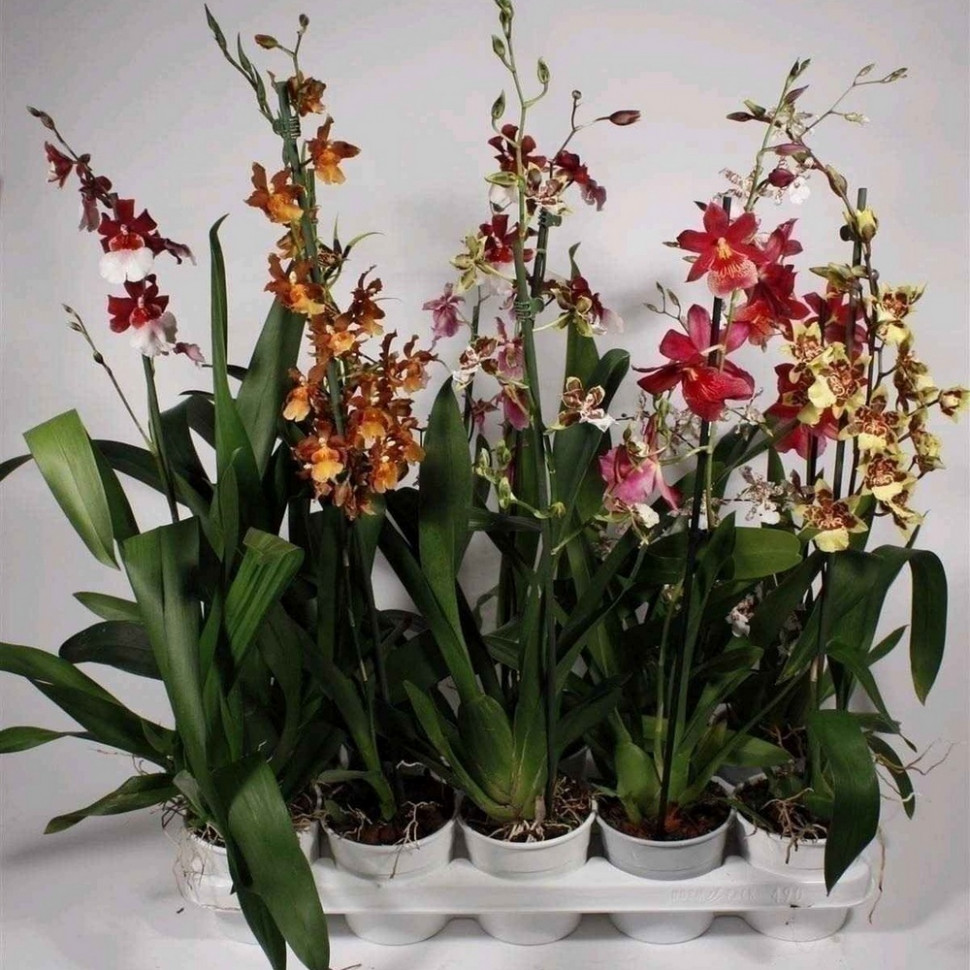
Main botanical characteristics of Cambria
The Cambria orchid has unique botanical characteristics that make it an interesting object of study for gardeners and botanists. Here are the main botanical characteristics of this fascinating plant:
- Morphology and shape: The Cambria orchid has a spectacular appearance and often forms lush bushes. It has erect or creeping stems that amaze with their variety of colors and textures. Cambria leaves are dense, leathery, usually green or gray-green, sometimes with a purple tint on the edges.
- Flowers: Cambria's special pride is its bright and graceful flowers. Flowers can be of various shapes and colors - from white and pink to red, yellow, orange and purple. Often flowers have unique patterns, spots or stripes, which gives them a special charm.
- Flower structure: Cambria flowers have a characteristic structure consisting of three outer perianths (sepals and petals) and three inner perianths (petal, stamen and pistil). One of the petals is often transformed into a lip (genital petal), which serves as a landing pad for pollinating insects.
- Natural distribution: The Cambria orchid is a hybrid plant obtained by crossing different orchid genera. It does not have a natural origin in nature and was bred through selection work and hybridization.
- Epiphytic origin: Many of the Cambria parents are epiphytes in nature, meaning that they grow on other plants, using them as support. Because of this, Cambria can also be successfully grown in pots that simulate the conditions of their natural habitat.
- Pollination adaptations: Cambria flowers are often adapted to pollination by certain types of insects. Their unique shapes and scents attract pollinators such as bees, moths, and wasps, promoting successful pollination and seed production.
The Cambria orchid is a fascinating combination of unique characteristics, making it not only a wonderful decoration for the interior, but also an interesting object for research and study of the richness of the plant world.
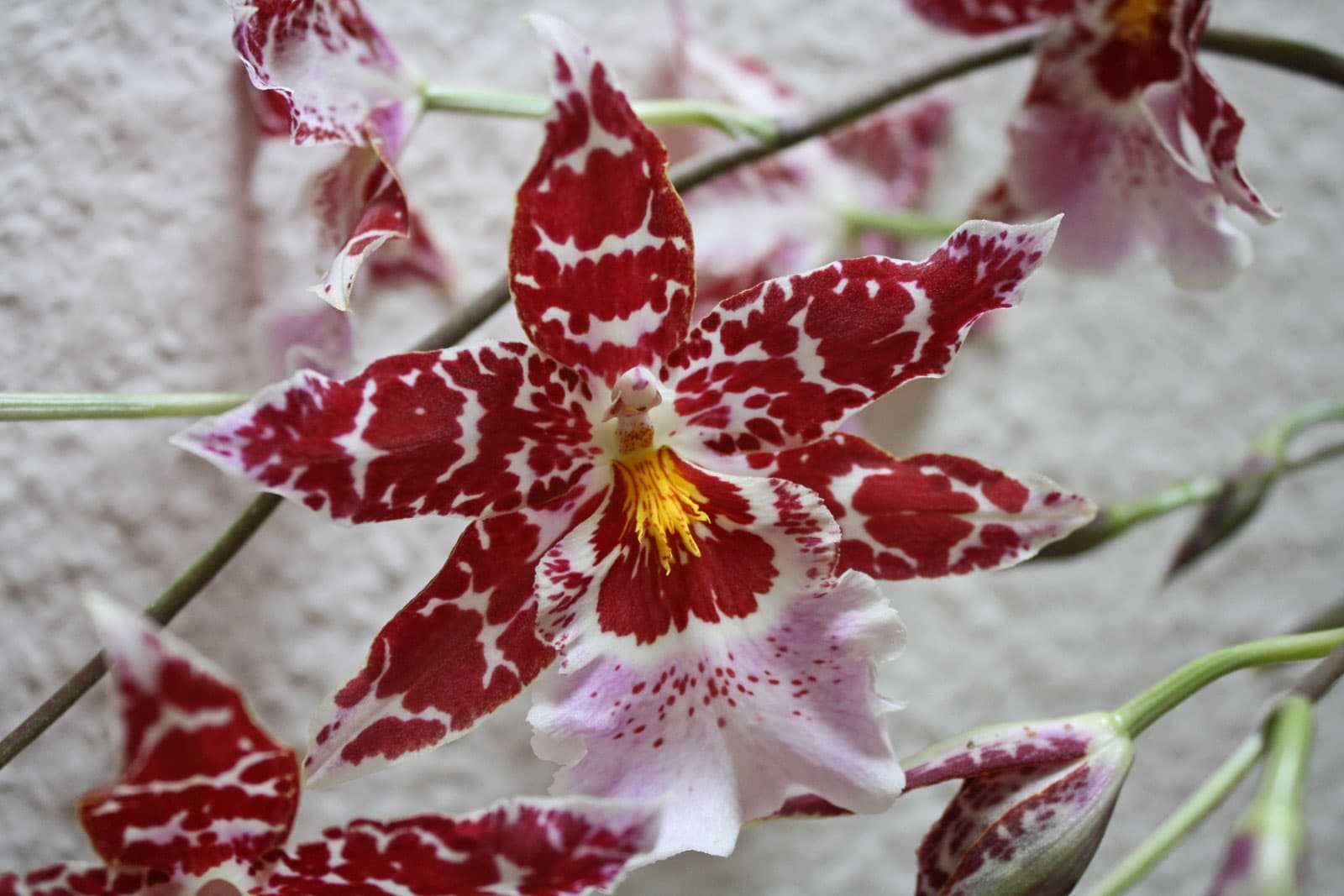
Care and maintenance of cambria orchid at home
Keeping the Cambria orchid at home requires providing bright but diffused lighting, moderate watering, maintaining a comfortable temperature and humidity, regular feeding and periodic replanting in special soil. Proper care and attention will help the Cambria delight with its bright flowers and excellent health for many years.
Place for cambria
Choosing the right location for your Cambria orchid is key to its health and prosperity. Cambria orchids prefer bright but diffused light. The ideal location for placing Cambria is a window facing east or west. This will provide the plant with morning and evening sun, but will protect it from direct rays during the hottest part of the day.
Watering and humidification
Proper watering is one of the most important aspects of caring for the Cambria orchid. It is necessary to water the plant regularly, but moderately. Water the orchid when the top layer of the substrate is almost dry, but do not allow the roots to become flooded.
Excessive moisture can lead to root rot and fungal infections. Avoid watering the center of the leaf rosette to avoid waterlogging, which can lead to rotting of the leaves and core of the plant.
Additionally, humidifying the air around the orchid is important, especially in dry rooms. Place containers of water near the cambria, use humidifiers or regularly spray the leaves with water to create a favorable humidity environment.
Temperature and humidity
The Cambria orchid prefers a warm climate, but needs a change in temperature to stimulate flowering. During the day, the temperature should be around 20-25 °C, and at night - a little cooler, around 15-18 °C. Make sure the plant is away from drafts and sudden temperature changes.
To ensure optimal humidity for Cambria, place the plant near other houseplants or use humidity trays. This will help create moderate humidity around the orchid and create optimal conditions for its growth.
Fertilizer and feeding
Fertilizing is an important aspect of caring for Cambria, as Cambria orchids are active plants that need nutrients to grow and bloom. Use a special fertilizer for orchids that is rich in microelements and enriched with nitrogen, phosphorus, and potassium.
Feed the plant every 2-4 weeks during the period of active growth (spring and summer), and less often during the dormant period (fall and winter). But remember that overdoing it with fertilizer can be harmful to the plant, so stick to the recommended doses.
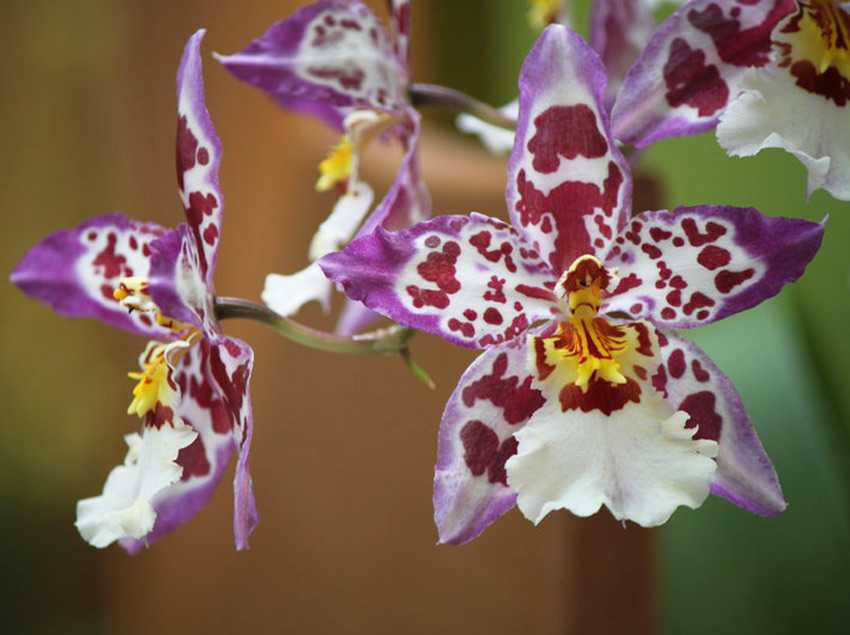
Transplanting cambria at home
Repotting an orchid at home is an important stage of plant care that promotes its health and prosperity. Here are some key steps and recommendations for a successful repotting:
- Transfer time: It is recommended to repot Cambria every 1-2 years or when you notice that the root system is starting to grow beyond the pot. The best time to repot is spring, when the plant is actively growing.
- Preparing the pot and substrate: Choose a pot that is slightly larger than the previous one to provide enough space for the roots to grow. The pot should be well-drained, with holes in the bottom to drain excess moisture. A special orchid substrate is best for orchids, which provides good ventilation for the roots and allows air to pass through.
- Plant preparation: Before replanting, water the plant well so that the soil is moist. Inspect the plant for possible diseases or damage, and remove affected areas if necessary.
- Transfer: Carefully remove the Cambria from the old pot, wrap the roots in moss or a special orchid rooting mix. Move the roots carefully so as not to damage them. Place the plant in the new pot, add fresh substrate around the roots and press it down gently. Make sure the plant is stable in the pot.
- After transplantation: Place the repotted orchid in a bright place with diffused light, but avoid direct sunlight for several days. Water the plant moderately for the first week after repotting to give the roots time to adapt to the new conditions.
Transplanting cambria is a responsible process that requires gentle and careful handling. Proper transplantation will help the plant succeed, providing it with optimal conditions for growth and development, and will be the key to its long and healthy life at home.
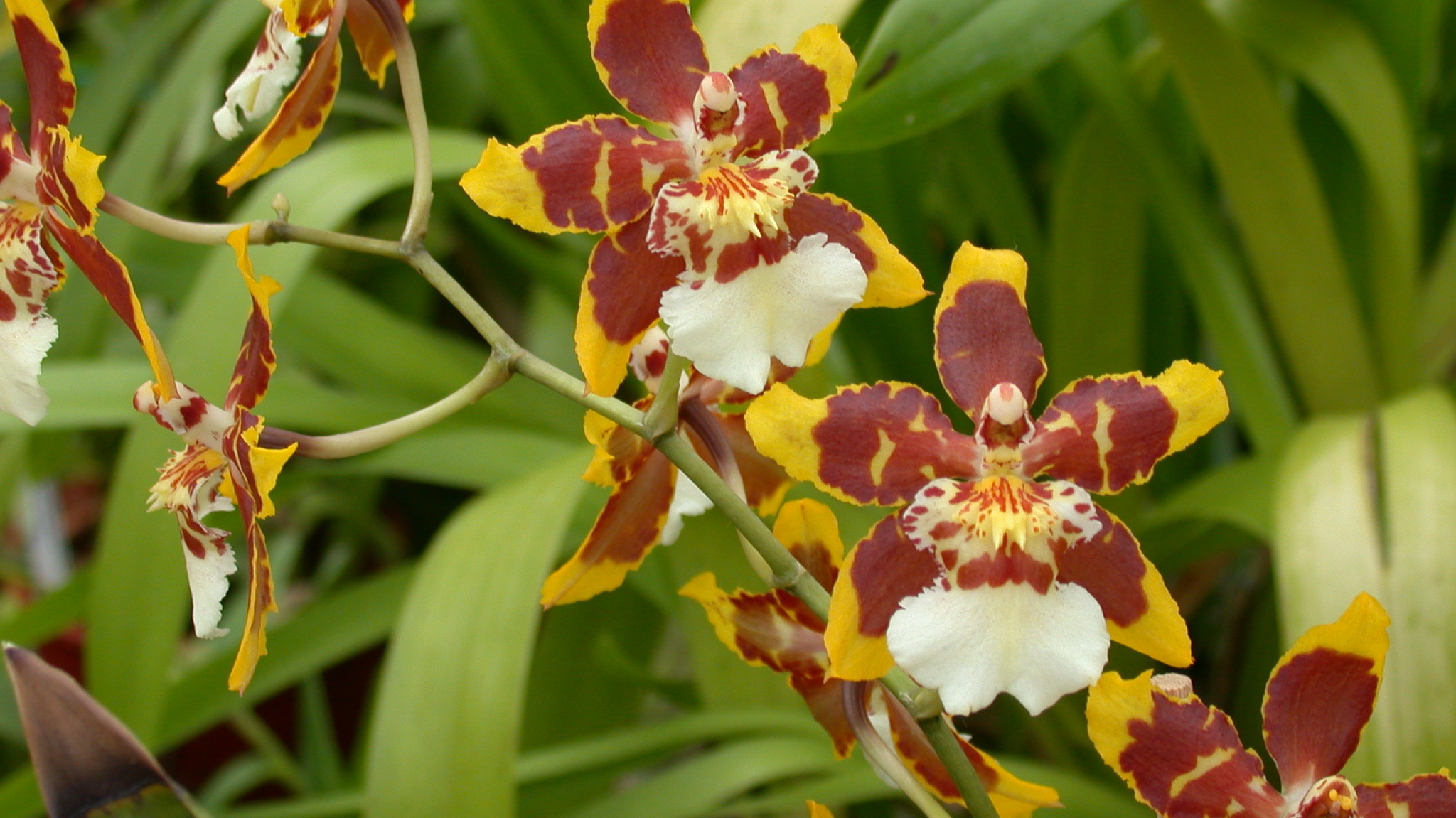
Features of soil for cambria
Cambria orchids have their own soil characteristics that need to be taken into account when choosing the right substrate. Here are the key soil characteristics for Cambria orchids:
- Excellent drainage: The main feature of the soil for cambria orchids is its ability to provide excellent drainage. Plants do not like over-moistening of the roots, so the substrate should allow excess moisture to drain well from the pot.
- Breathability: Orchids require access to fresh air for the roots. The substrate must be breathable so that the roots receive enough oxygen for normal functioning.
- Lightness and volume: The substrate for orchids should be light and voluminous. This allows the roots to grow freely and does not create unnecessary pressure on them.
- Lack of dense soil: Orchids do not require dense soil like most other plants, so it is not recommended to use regular soil or garden soil to replant Cambria.
- Moisture retention capacity: Although Cambria orchids do not like being overwatered, the substrate should have the ability to retain some moisture to provide the plant with moisture between waterings.
The ideal substrate for the Cambria orchid is a special orchid mix, which consists of various materials such as bark, fern, perlite and other components that provide all the necessary properties. Such a substrate provides an optimal environment for the orchid roots and promotes its health and prosperity at home.
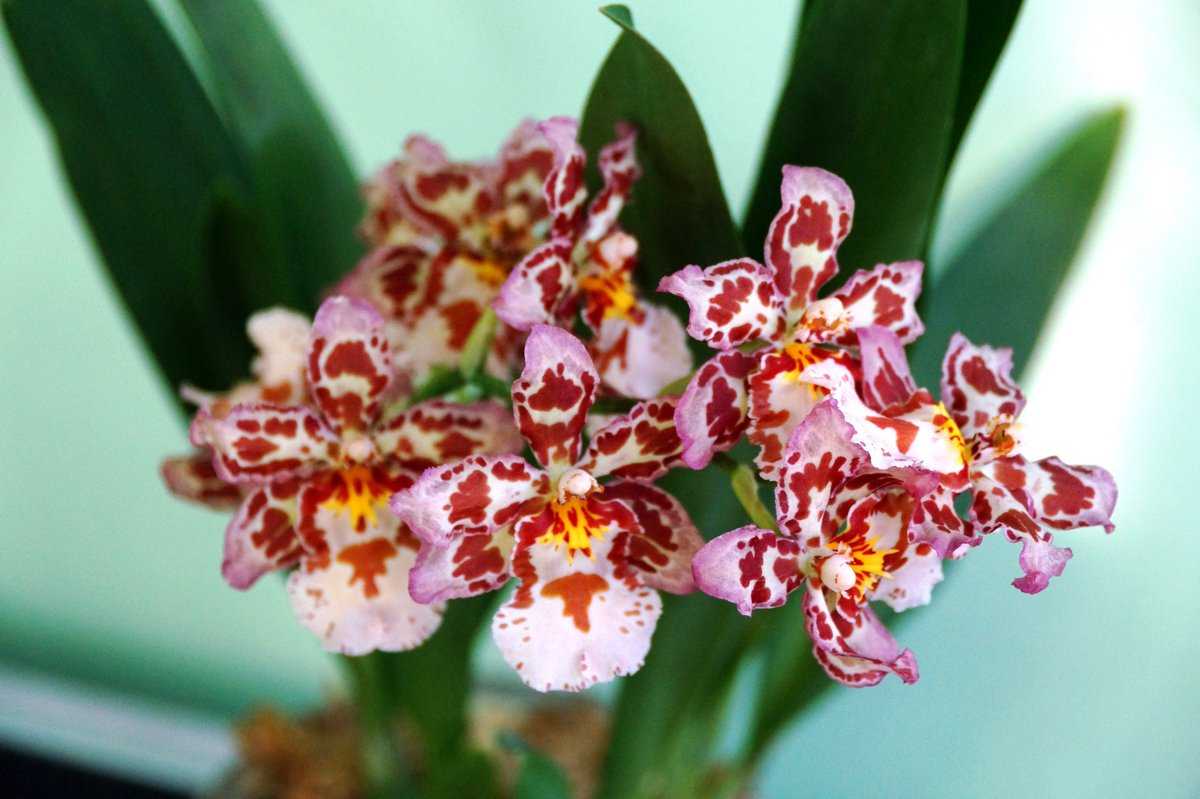
Problems and diseases
Cambria orchids, like other plants, can face a variety of problems and diseases. Here are some of the most common problems and diseases that can occur with the Cambria orchid and how to deal with them:
- Over or under watering: Incorrect watering regime can lead to problems with the roots of the Cambria orchid. Excessive watering can cause root rot, while insufficient watering can cause drying out and damage to the roots. It is important to monitor the watering regime, give the plant enough moisture, but do not allow water to stagnate in the pot.
- Parasites and pests: Cambria orchids can fall prey to various pests such as aphids, mealybugs, mites, etc. If pests are detected, measures should be taken to combat them immediately using appropriate insecticides or mechanical methods.
- Fungal and bacterial infections: Excessive humidity and poor ventilation can contribute to the development of fungal and bacterial infections in the Cambria orchid. If suspicious spots or damage are found on the leaves or flowers, immediate measures should be taken to treat the plant with special preparations.
- Incorrect lighting: Too little or too much light can affect the health of the Cambria orchid and its flowering. Make sure the plant receives sufficient but diffused light and avoid direct sunlight.
- Temperature changes: Sudden changes in temperature can negatively affect the Cambria orchid. Try to provide the plant with stable temperature conditions, avoiding drafts and sudden fluctuations.
- Incorrect fertilization: Over-fertilizing or using the wrong fertilizer formula can cause nutrient overload and negatively impact the health of your Cambria orchid. Follow the fertilizer instructions and do not over-fertilize.
If any problems or diseases are detected in the Cambria orchid, it is important to react promptly and take appropriate measures. Proper care, careful observation and timely measures will help keep the orchid healthy and beautiful for a long time.
Conclusion
The Cambria orchid is an amazing plant that can bring beauty and sophistication to any home. During our journey into the world of this flower, we learned about its unique features, the variety of varieties and the main aspects of home care.
The basis for the successful development of an orchid is the correct choice of location. Providing it with bright but diffused light, suitable temperature and moderate humidity, we will allow the plant to reveal all its beauty and health.
Orchid requires careful and attentive attitude to watering. It is necessary to remember about the measure, avoid over-watering, and also provide moderate spraying and air humidity.
Regular feeding and replanting, if necessary, will help maintain the growth and development of the plant. Choosing the optimal soil and pot for replanting will be the key to a healthy and beautiful appearance of cambria.


